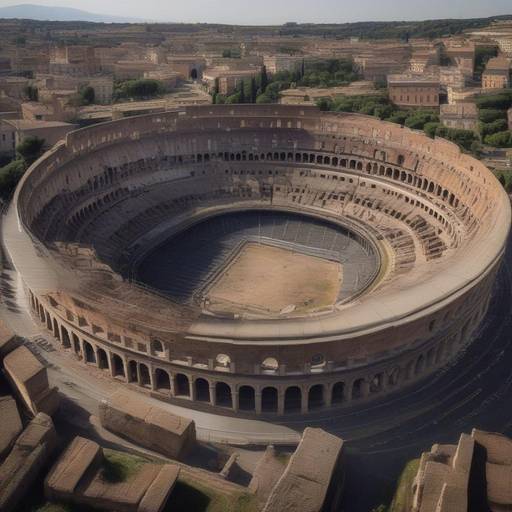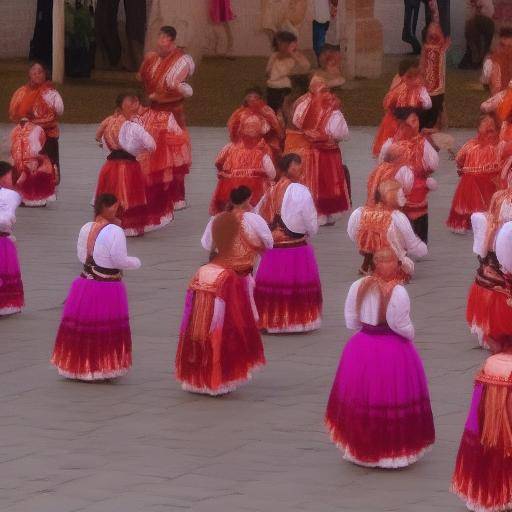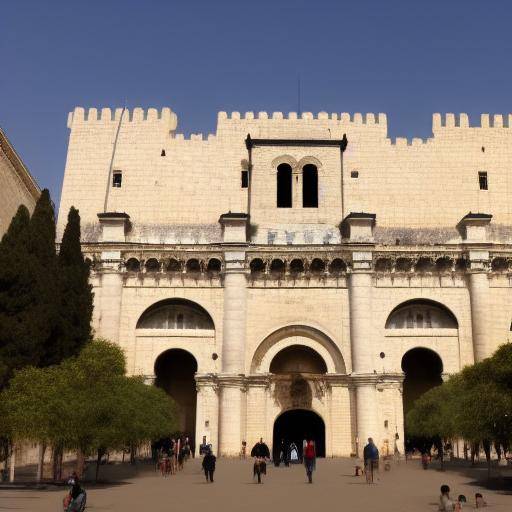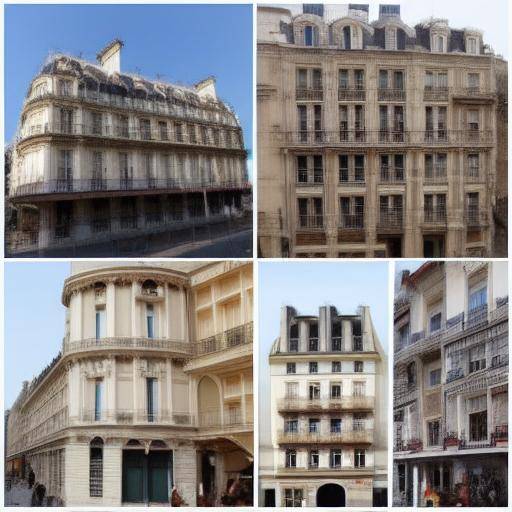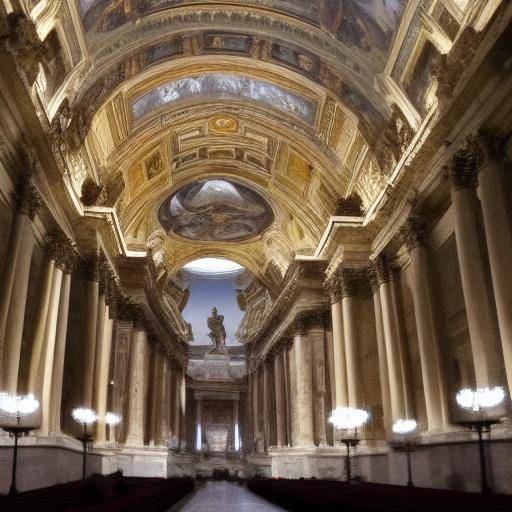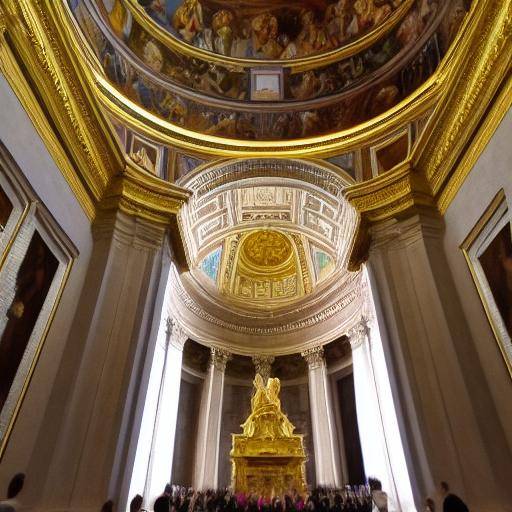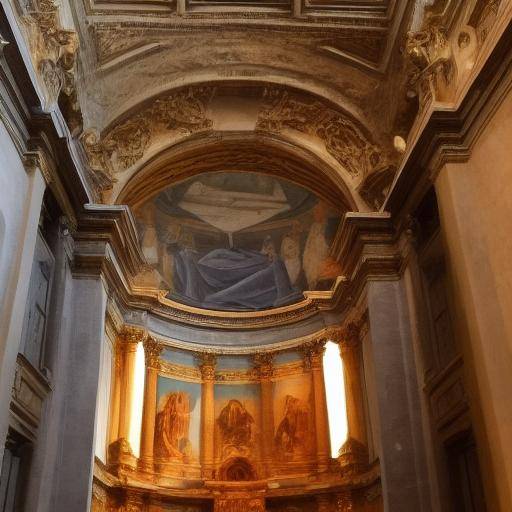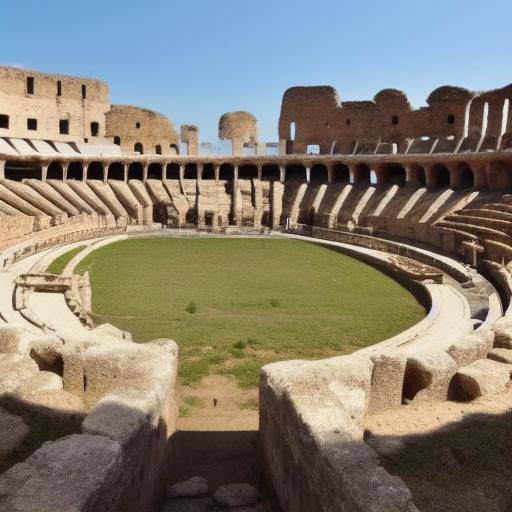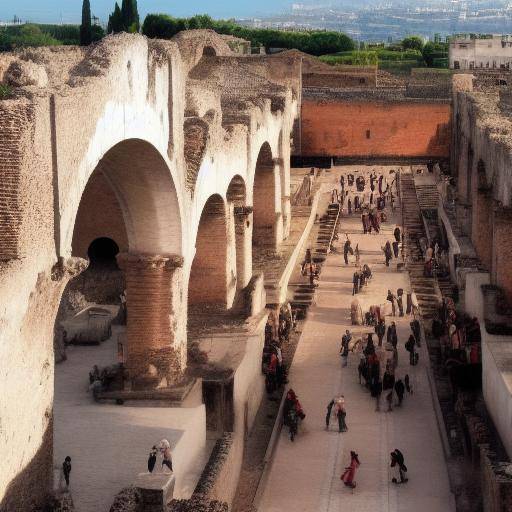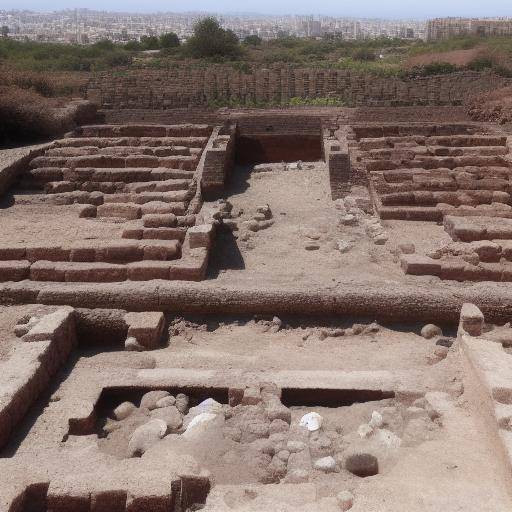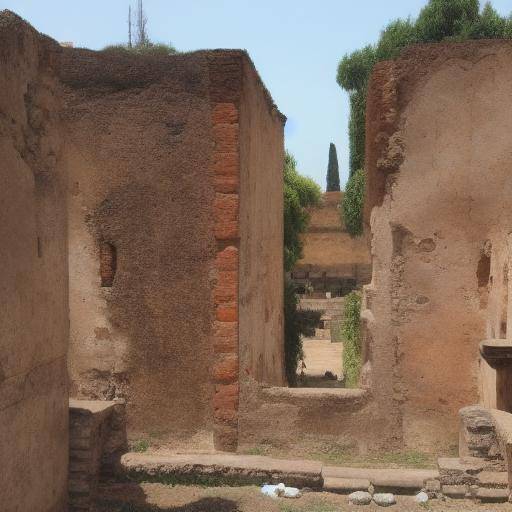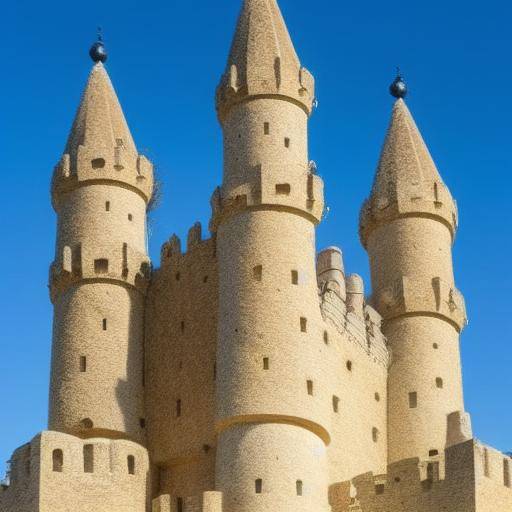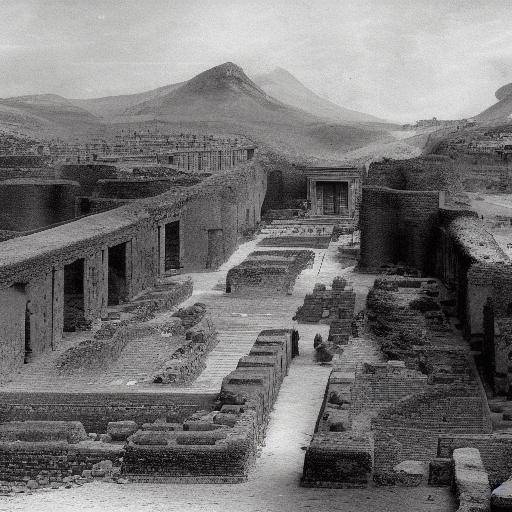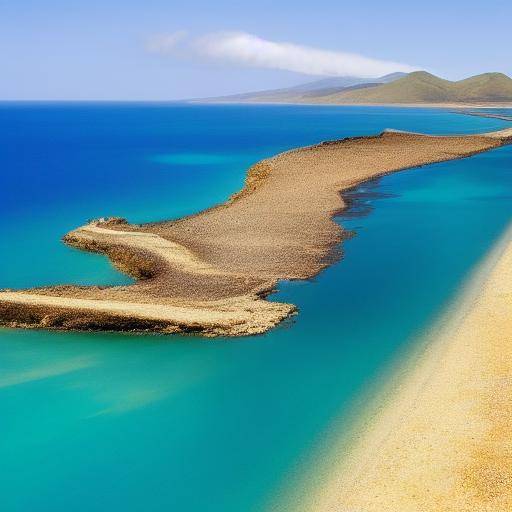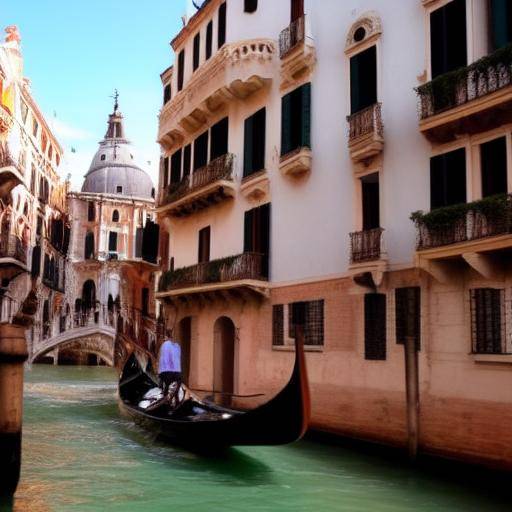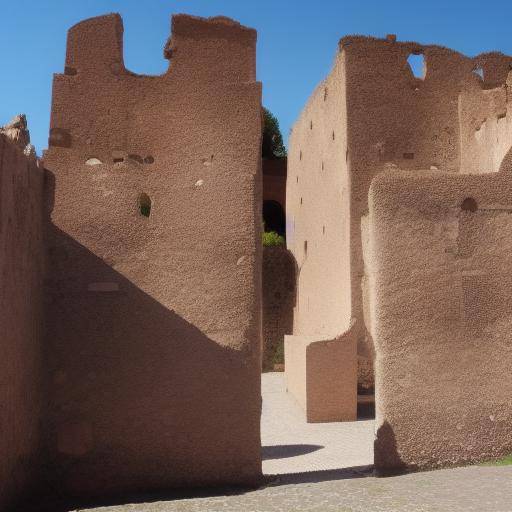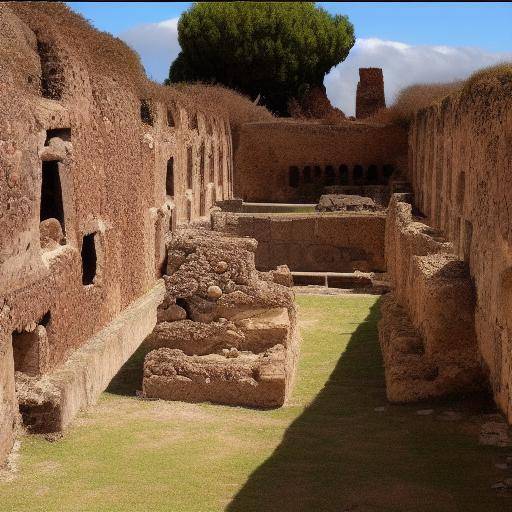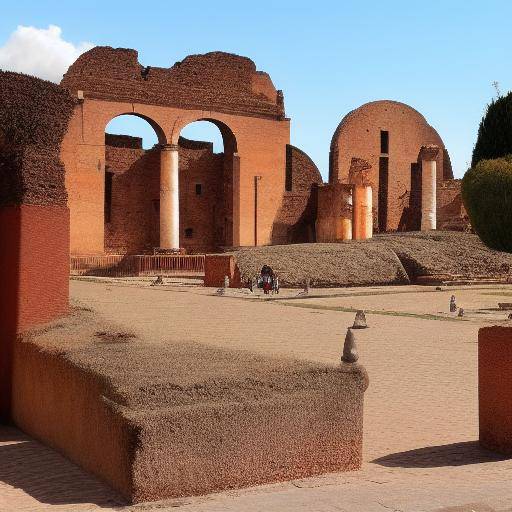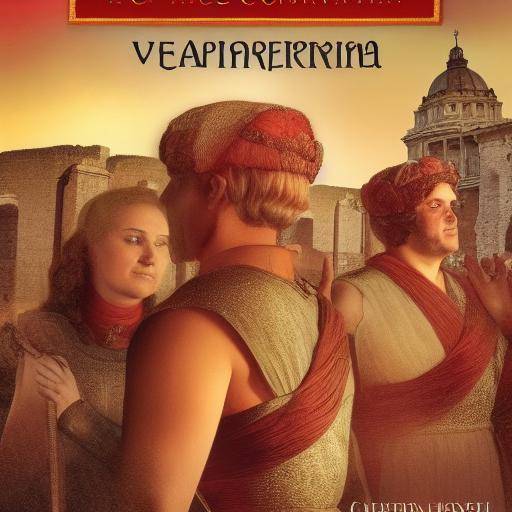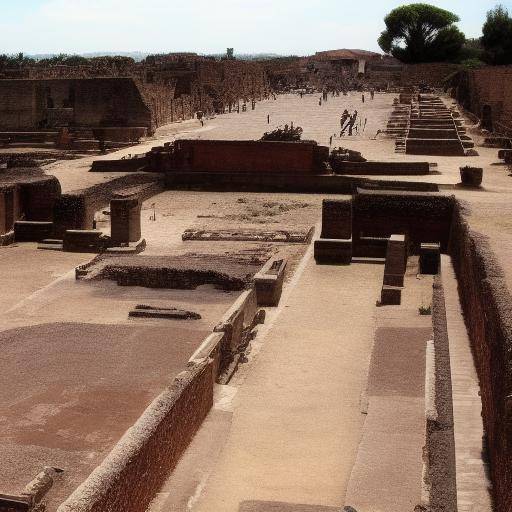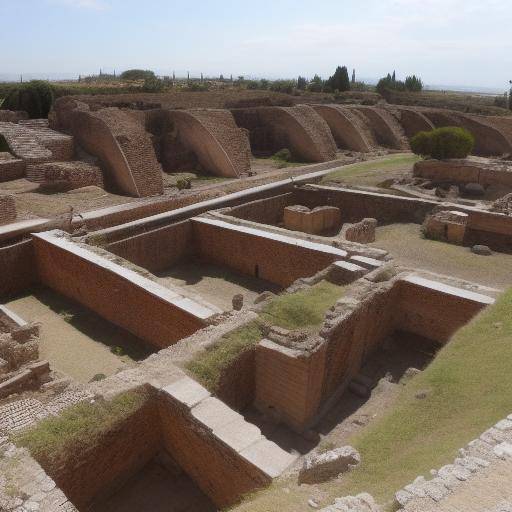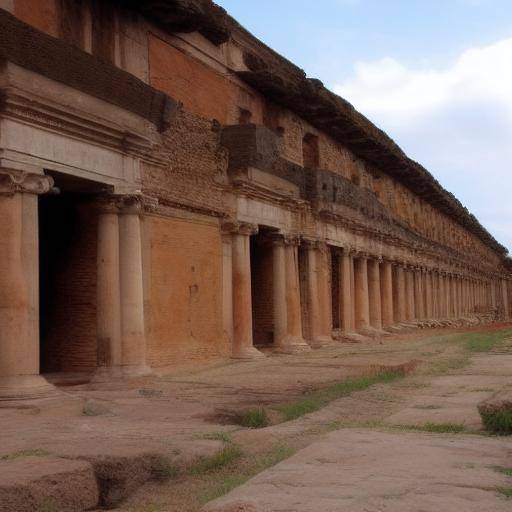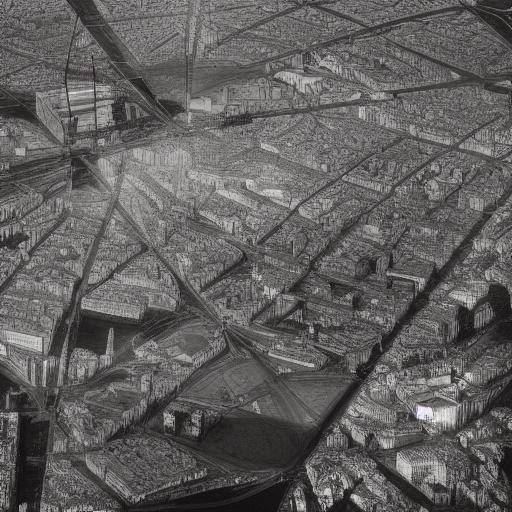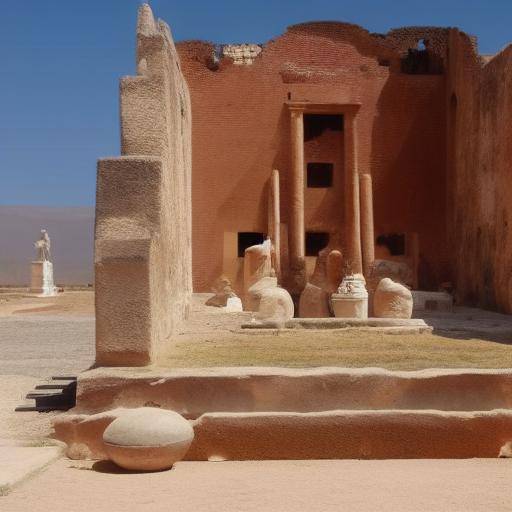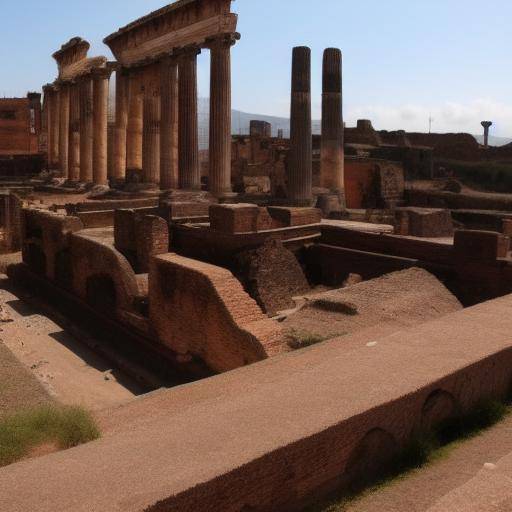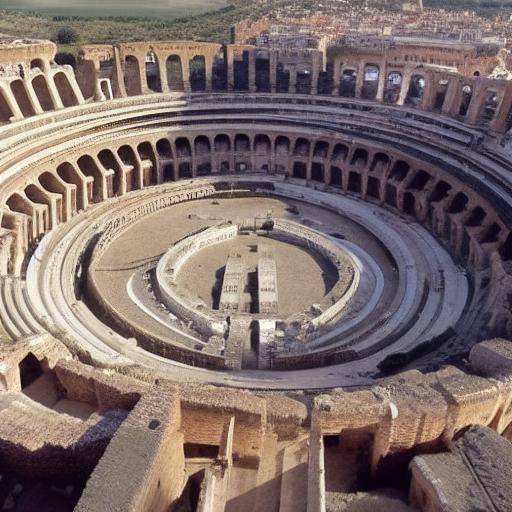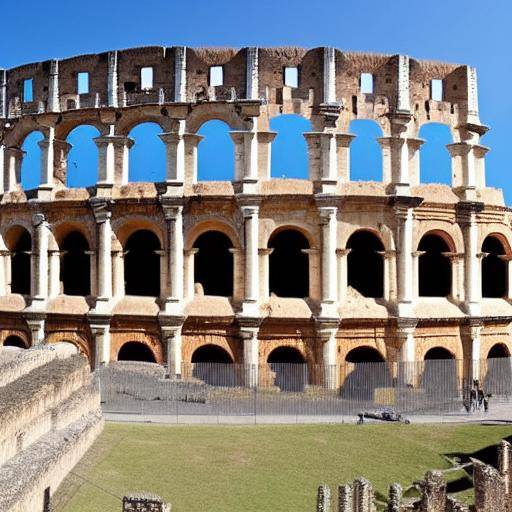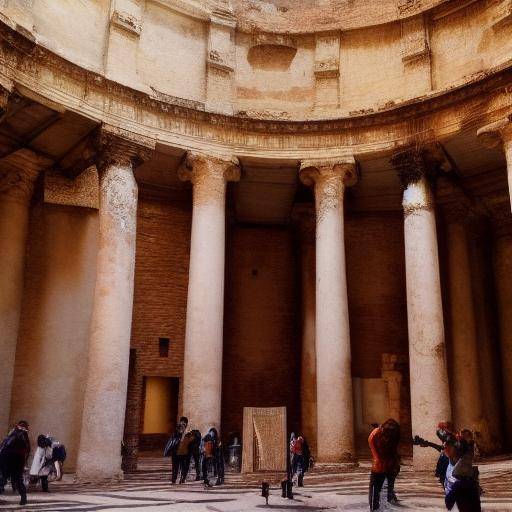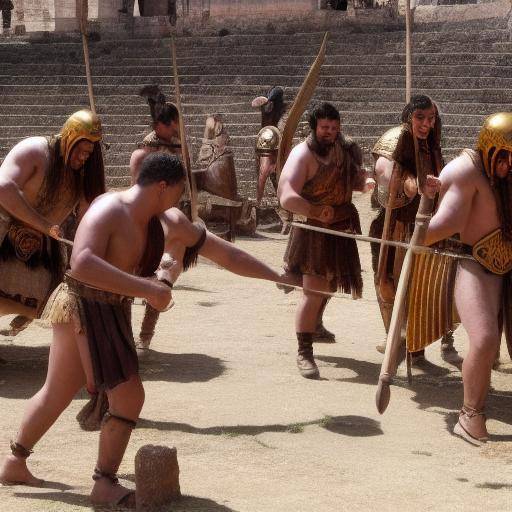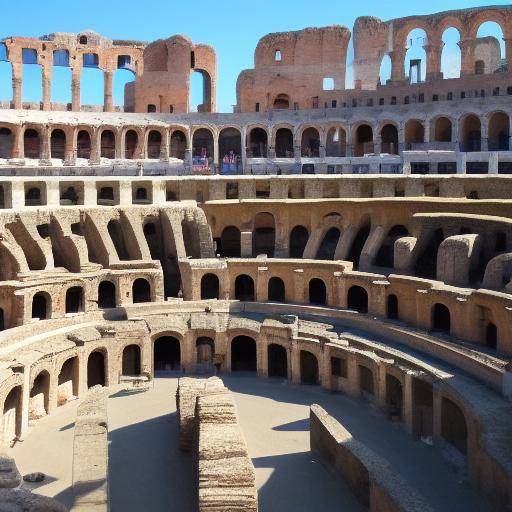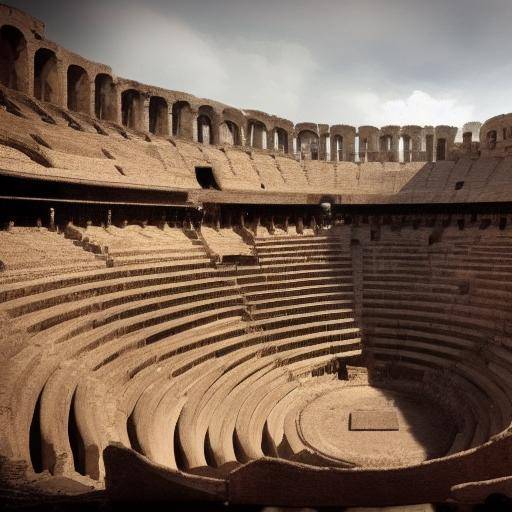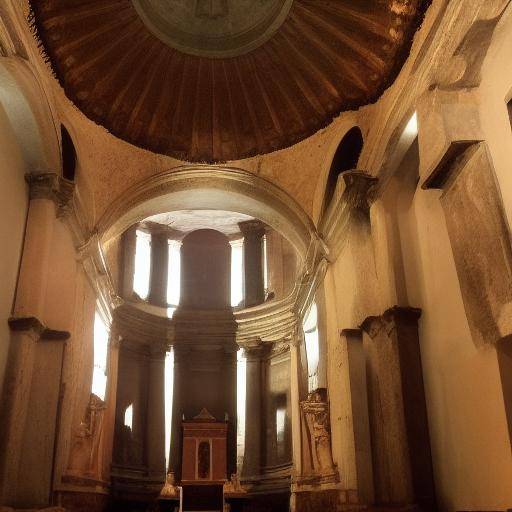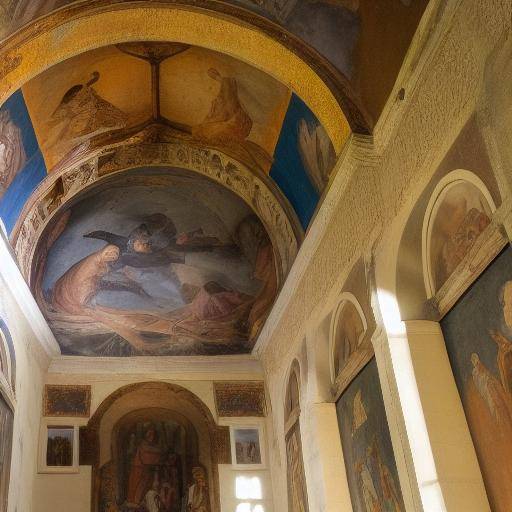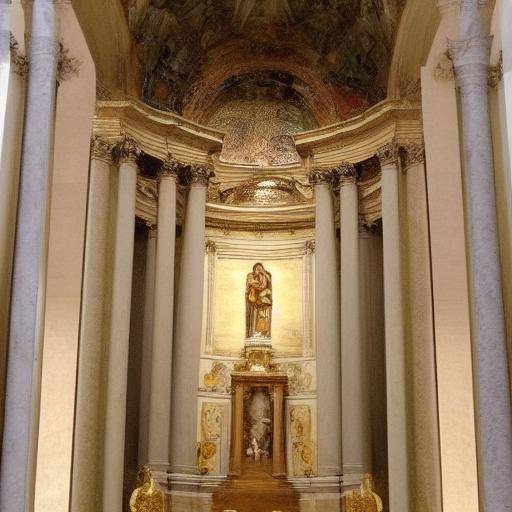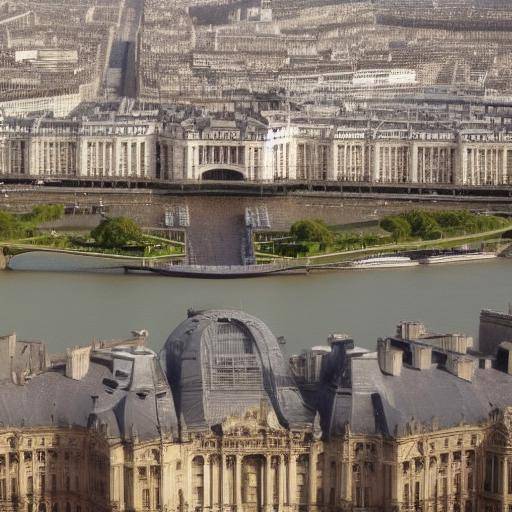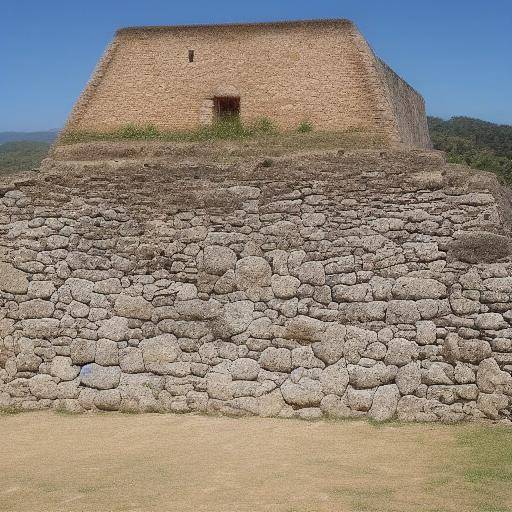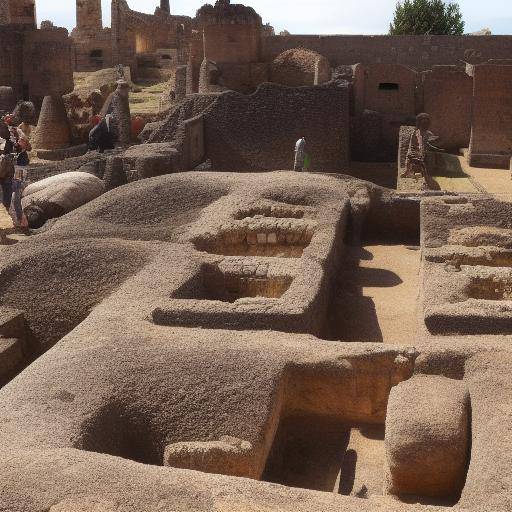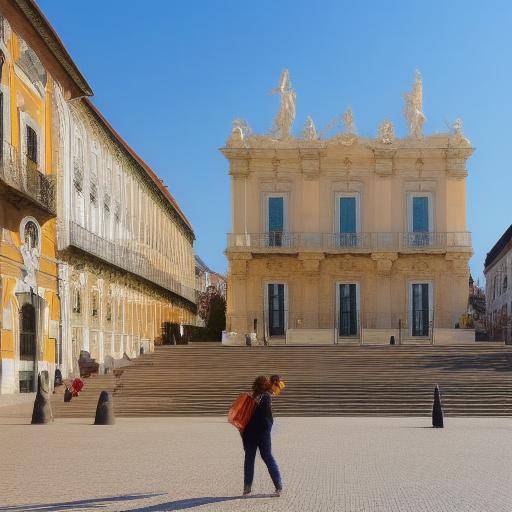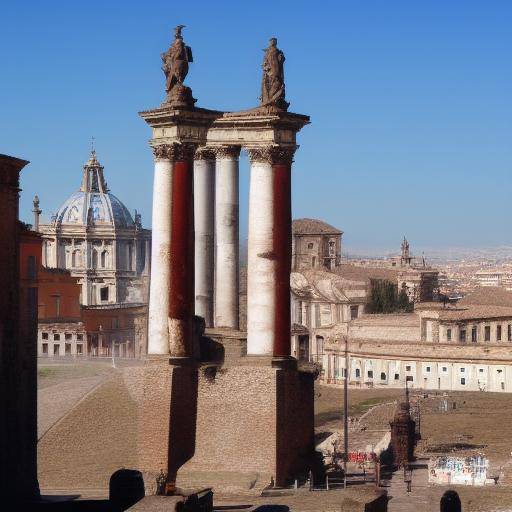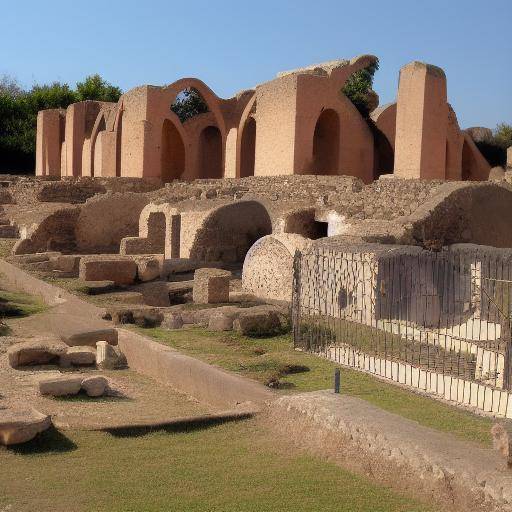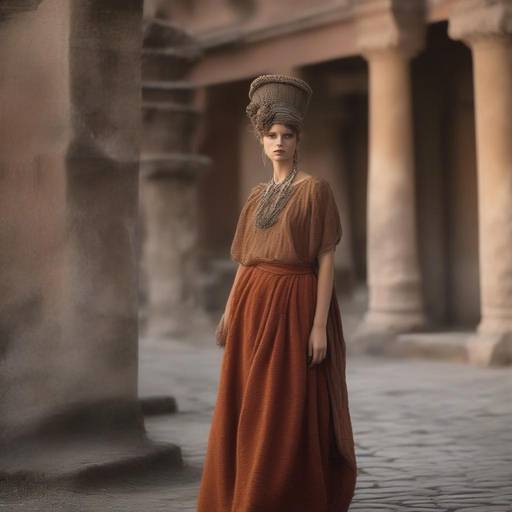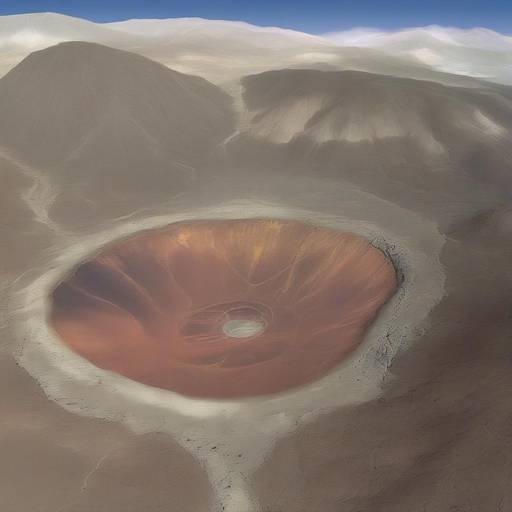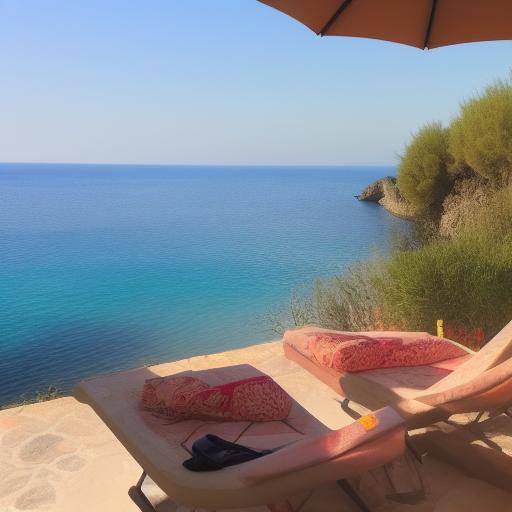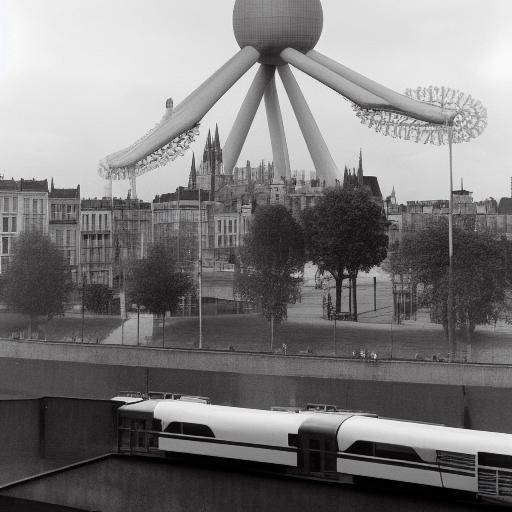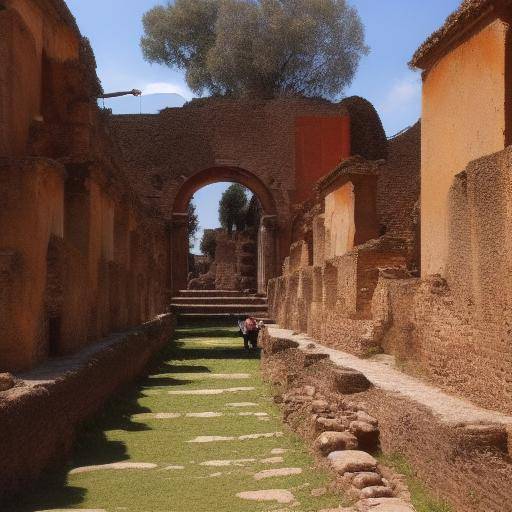
Introduction
Imagine walking through cobbled streets that tell the history of ancient Rome, witnessing the remains of a civilization lost in time. This is the experience offered by Pompeii, an archaeological treasure in Italy that reveals the daily life, architecture and customs of more than two millennia ago. In this article, we will explore in detail the ruins of Pompeya, its impact on history and the importance of preserving this cultural heritage. From its origin to the most recent discoveries, we will discover the treasures that this buried city has revealed to the modern world.
History and Background of Pompeii
Pompeii, located in the Gulf of Naples, was a thriving Roman city that was buried by the eruption of the Vesuvius volcano in 79 AD. This natural, though devastating tragedy, has allowed Pompeya to be conged in time, offering archaeologists and visitors an unmatched vision of life in ancient Rome. Archaeological remains show urban planning, sophisticated architecture and amazing details of everyday life, from luxurious palaces to humble workshops.
The conservation of Pompeii has been crucial to understanding life in ancient Rome. Archaeologists have unearthed paintings, mosaics, domestic utensils and petrified bodies that reveal frozen moments in time, offering a unique look at everyday life more than 2000 years ago.
Analysis in Deep
The importance of Pompeii transcends its historical value. His discoveries continue to offer valuable information about the culture, society and economy of the Roman Empire. In addition, the archaeological site has attracted international attention, promoting cultural tourism and generating important income for the region. However, the growing number of visitors pose challenges in terms of long-term conservation and preservation.
Italian authorities and international organizations have implemented measures to protect Pompeya, ranging from the restoration of structures to the implementation of cutting-edge technology to monitor the site. Important scientific research has also been conducted to better understand settlement patterns and the impact of eruption.
Comprehensive review
In addition to its historical relevance, Pompeya is an invaluable cultural testimony that has inspired artists, writers and filmmakers around the world. Its influence is reflected in numerous works of art, literature and film productions that have contextualized life in ancient Rome, spreading its legacy through different media and generations.
Comparative analysis
Compared to other archaeological sites in Italy, Pompeya stands out for its size and conservation status, providing a more complete view of the ancient world. Along with Herculaneum and Ostia Antica, Pompeya is part of the complex of archaeological sites that offer a holistic understanding of life in ancient Rome.
Practical Tips and Accessible Tips
For visitors interested in exploring Pompeii, it is recommended to hire a qualified tour guide that can offer an expert and enriching perspective of the site. It is essential to respect conservation regulations and not to compromise the integrity of the ruins. Furthermore, the guidelines established to ensure an educational and memorable experience for future generations should be followed.
Industry Perspectives and Expert Reviews
Cultural heritage conservation experts highlight the importance of public education on the preservation of archaeological sites. They believe that raising awareness of Pompeii's history and legacy is essential to ensuring its long-term protection.
Case Studies and Real Life Applications
Specific examples of how Pompeya has influenced modern life include educational projects that use ruins as a didactic tool, scientific research that have improved conservation techniques and the implementation of advanced technology to monitor and preserve the site.
Future Trends and Predictions
Based on current evidence and projections, Pompeya is likely to remain a focus for archaeological research and heritage conservation. Emerging technologies, such as 3D mapping and artificial intelligence, will play a crucial role in preserving this historic site for future generations.
Conclusions and FAQs
Conclusion
Pompeii, with its rich history and its impact on our understanding of ancient life, remains an invaluable treasure. The combination of its archaeological, cultural and educational importance underlines the need for its preservation and awareness-raising on its historical value. By exploring Pompeii, visitors not only discover a distant past, but also connect with a fundamental part of human history.
Frequently asked questions
What is the best time to visit Pompeii?
Spring and autumn are the best time to visit Pompeii due to the temperate climate and the least influx of tourists.
How long do you need to explore Pompeii?
It is recommended to devote at least one full day to explore Pompeya and appreciate its many archaeological sites.
Is it necessary to hire a tour guide?
Hiring a tour guide can enrich the experience, providing historical context and details that can be overlooked without an expert guide.
What conservation measures are being implemented in Pompeii?
Advanced technologies such as 3D mapping and environmental monitoring are being used to preserve the ruins of Pompeii and protect them from deterioration.
How has Pompeya influenced modern culture?
Pompeya has inspired numerous works of art, literature and cinema, and remains a source of fascination and scientific research in the field of archaeology and history.

